In this review of Detective Comics #1090, Bruce encounters a new vigilante/villain on the streets of Gotham while dealing with a new issue… age.
Detective Comics #1090
Writer: Tom Taylor
Art and Main Cover: Mikel Janín
Variant Cover: Bruno Redondo, Dan Panosian, Tony Harris,Daniel Sampere, Ashley Wood
Release Date: October 23, 2024
This review contains spoilers
Detective Comics #1090 begins as Batman stands over a bloodied figure in a chair. He is conversing with an unseen interlocutor who has invited Batman to watch the figure’s last moments. Batman objects and comms Oracle for an ambulance. The interlocutor’s gloved, clawed hand swipes the ear from Batman’s cowl and warns Batman not to make the same mistake as Thomas.
Flashback to Gotham where Thomas Wayne is awoken by a colleague and informed that the hospital has admitted car accident victims. Thomas instructs that the male patient be prepped for surgery, but his colleague suggests Thomas see the female patient, who had gone into early labor, first. Thomas quickly apprehends that some of her injuries antedate the car accident and deduces that the male patient beat her. Thomas’s colleague notes that only by virtue of a physician of Thomas’s unique skill could the patient survive. Thomas rejects the implication and proceeds forthwith to surgery.
The patient survives a nine-hour surgery and Thomas visits the woman patient, as per her request. She pleads with Thomas to take her newborn son and support the story that the baby died. She corners Thomas rhetorically by pointing out that his oath to save lives extends to her infant just as much as it does to his father.
The following day, Thomas visits again, but this time with Martha. Martha tells the woman that she can secrete both the woman and her son, so that they can be kept safe and together. Back at Wayne Manor that evening, Thomas and Martha argue about the demands of the Hippocratic oath. Bruce has snuck out of his bedroom and is listening on the stairs. Alfred apprehends him and apologizes to the Waynes. Martha releases Alfred to sweet slumber and Bruce asks Thomas why he saved the man’s life. Thomas states that “[w]e don’t know how a life will be lived. We don’t know it’s value.”
Flash forward to Batman soaring through Gotham,, wondering if he, at eight years old, could have saved his parents’ lives. Batman arrives on scene at a jeweler’s shop and takes down the young perpetrator with a single punch. On the floor, bleeding, is the proprietor, but the shooting was a mistake and the shooter had been in the process of dialing 911. While Batman is tending to the proprietor, the shooter rises and flees. Batman tells Oracle he will go after him, but so too does the gloved interlocutor glimpsed in the opening panels.
Batman chases the shooter, a seventeen-year-old named Sam Kristof, according to Oracle. His records indicate that he has a history of family violence and trauma and in fact fits the profile of a Robin. Oracle doubts Batman will catch up, but all of a sudden the target stops moving. Batman finds him dead in the sewers, the ninth such victim. Only the scent of white musk gives Batman a clue as to the identity of the killer. He departs for an event that Bruce Wayne must attend.
At the event, Bruce embraces one Scarlett Martha Scott, an ace geneticist who spent time in a Wayne shelter and was one of the last people Martha directly assisted. The former chief geneticist for Waynetech, Dr. Scott invites Bruce to a private clinical space where East Egg billionaires Daniel and Gina O’Malley toast Bruce and remove the IVs from the backs of their hands. Bruce is shocked to see that they look impossibly young. Dr. Scott offers Bruce a vial and he contemplates its use, noting how old and slow he felt when he was chasing Kristof.
Flash back to the Gotham hospital where the patient Thomas treated has grown violent. Thomas notes that, having saved the patient’s life, he can no longer be responsible for the man. He asks for the chart to document the discharge, and we see the man’s name. It is Joe Chill.
Analysis:
Well! Fresh off his run on Nightwing, writer Tom Taylor gives us a Detective Comics #1090 that feels shot out of a cannon. Subtlety is in short supply in Taylor’s opening moves. We have a big, lush story that harkens back to the origin myth itself, canonizing a stunning twist in the events leading to the murder of Thomas and Martha Wayne: Thomas personally saved the life of the man who would end his own.
Readers will no doubt differ on the wisdom of this addition to the origin myth, but it is a bold choice for the inaugural issue in Taylor’s run. As a professional bioethicist, I was particularly interested in the moral question running through the book: To what extent are judgments of moral worth relevant in allocating life-saving resources? There is general consensus among ethicists that such judgments are not relevant and including them in allocation decisions is unethical. Such judgments risk perpetuating deeply entrenched stigmas against disfavored and marginalized people – those judged of less value will all too often track stigmatizing and oppressive social structures.
The risk is not hypothetical; social worth judgments animated the worldwide eugenics movement of the late 19th and early 20th c., catalyzing horrifying violations of human rights against disabled people, women, Jews, Romani, and other marginalized groups all over the world. Many people rightly associate these abuses with the medical crimes of the Third Reich, but there is no question that eugenicist perspectives that valued some human lives over others attracted leading scientists, politicians, wealthy capitalists, and health professionals in the U.S. and, indeed, all over the world.
Thus, despite Martha’s objections, this is not remotely a close call from a medical ethics perspective. I find the inclusion of these themes fascinating, even as I am unsure the twist at the end of the book is worth the fairly dramatic change to the Batman origin myth.
While I found that previous artist Stefano Raffaele’s turn on Detective Comics fit Ram V’s approach, I was very excited at the news that Mikel Janín would be taking over on #1090. I am personally a huge fan of Janín’s horrorcore style, sharp lines, Gothic imagery, and dedicated realism. The artwork in #1090 does not disappoint; the panels on p. 13 are especially gorgeous, propelling the reader forward directly from a flashback to Batman soaring through Gotham, bats trailing behind him. The perspective is beautifully rendered, and the soft glowing greens and oranges typical of Janín’s colors highlight the grey and black Batman that he prefers. It’s fantastic and I am so glad to see Janín back on main.
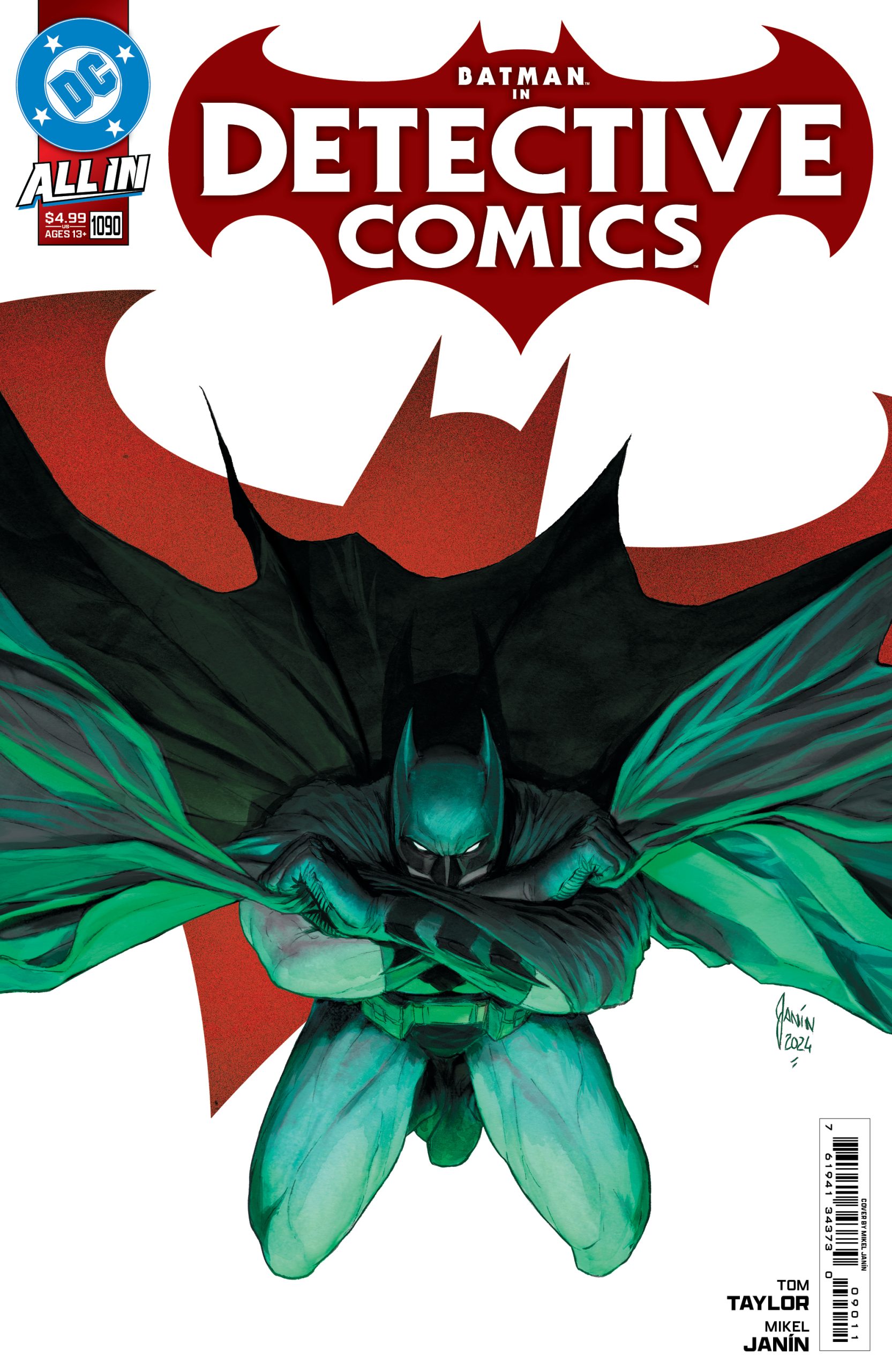

Daniel Goldberg
I’ve loved Batman for my entire life, but really only started collecting comics in 2015. "Batman: The Animated Series" is probably the biggest influence on my conception of the character. I’m a university professor in my day-to-day life, and I am particularly interested in the ways that fear and trauma drive Batman and the behavior of so many of his rogues.

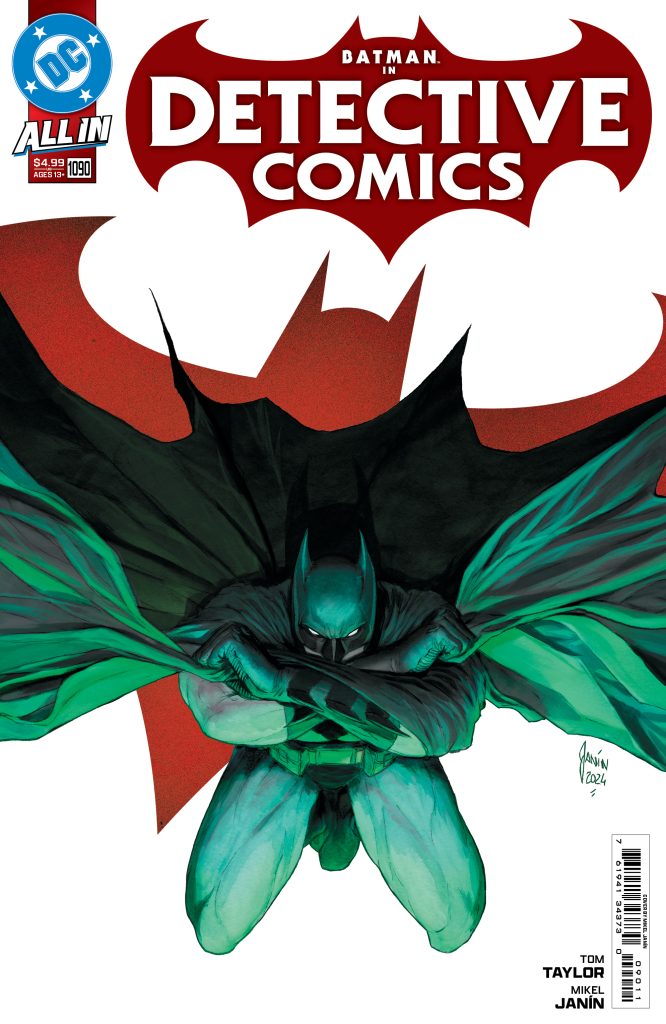

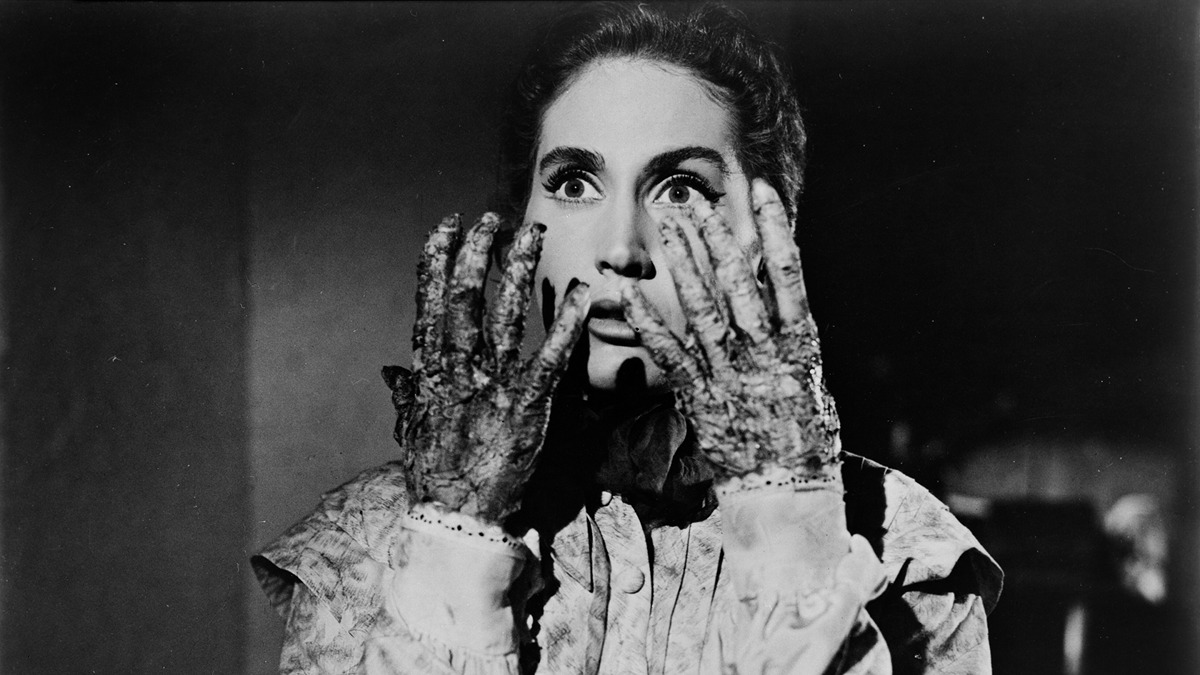
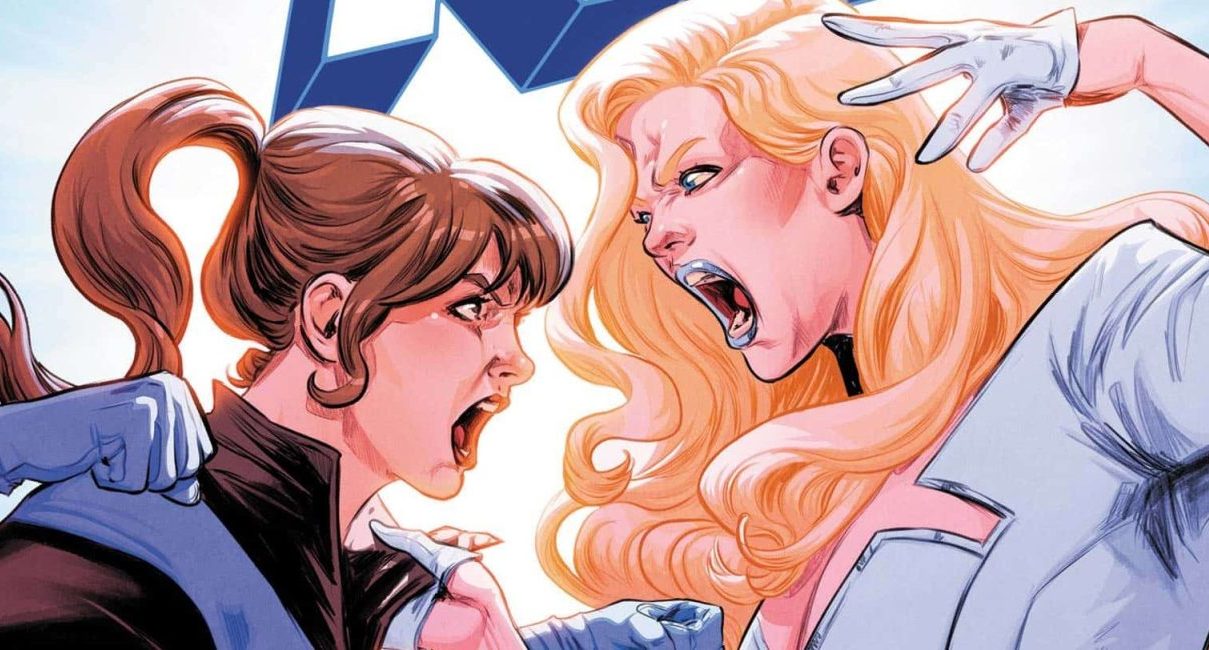
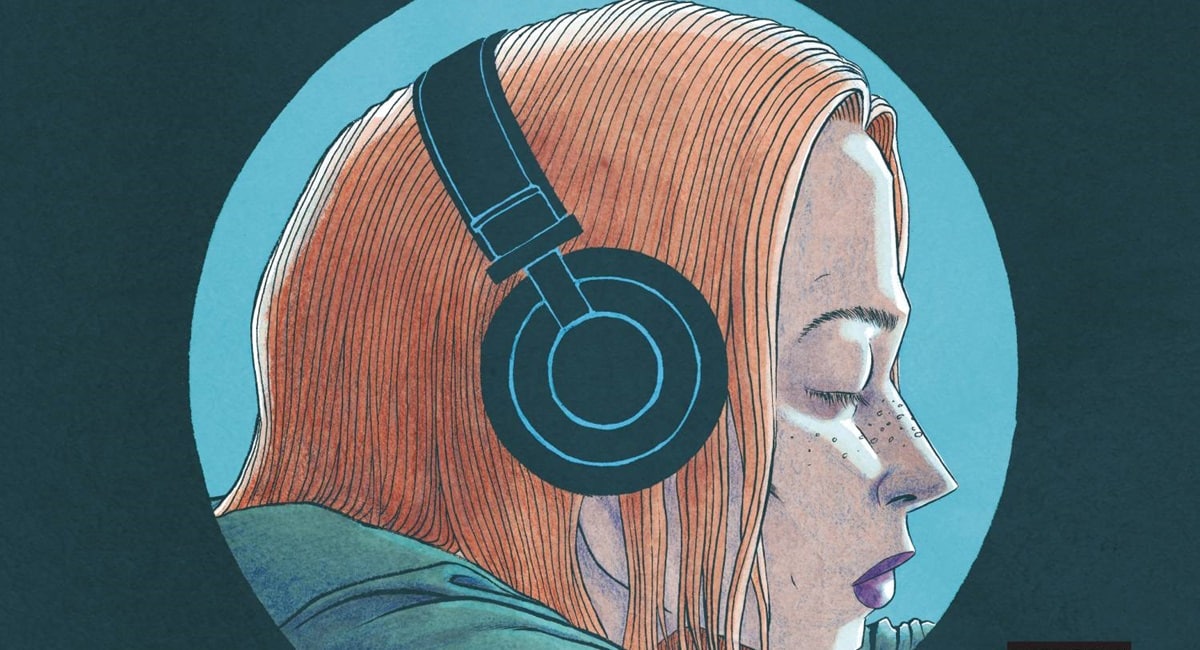
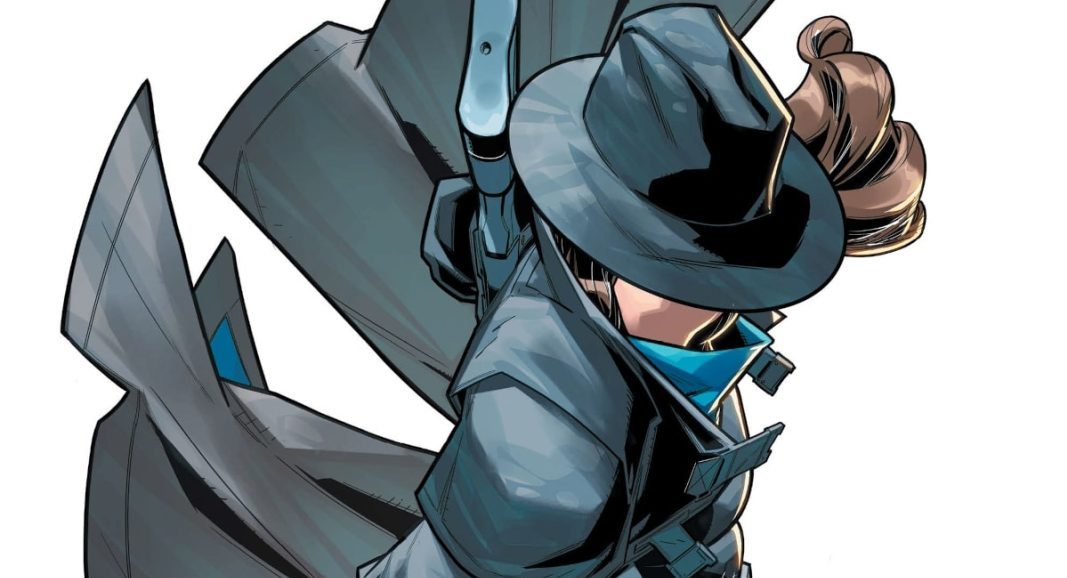
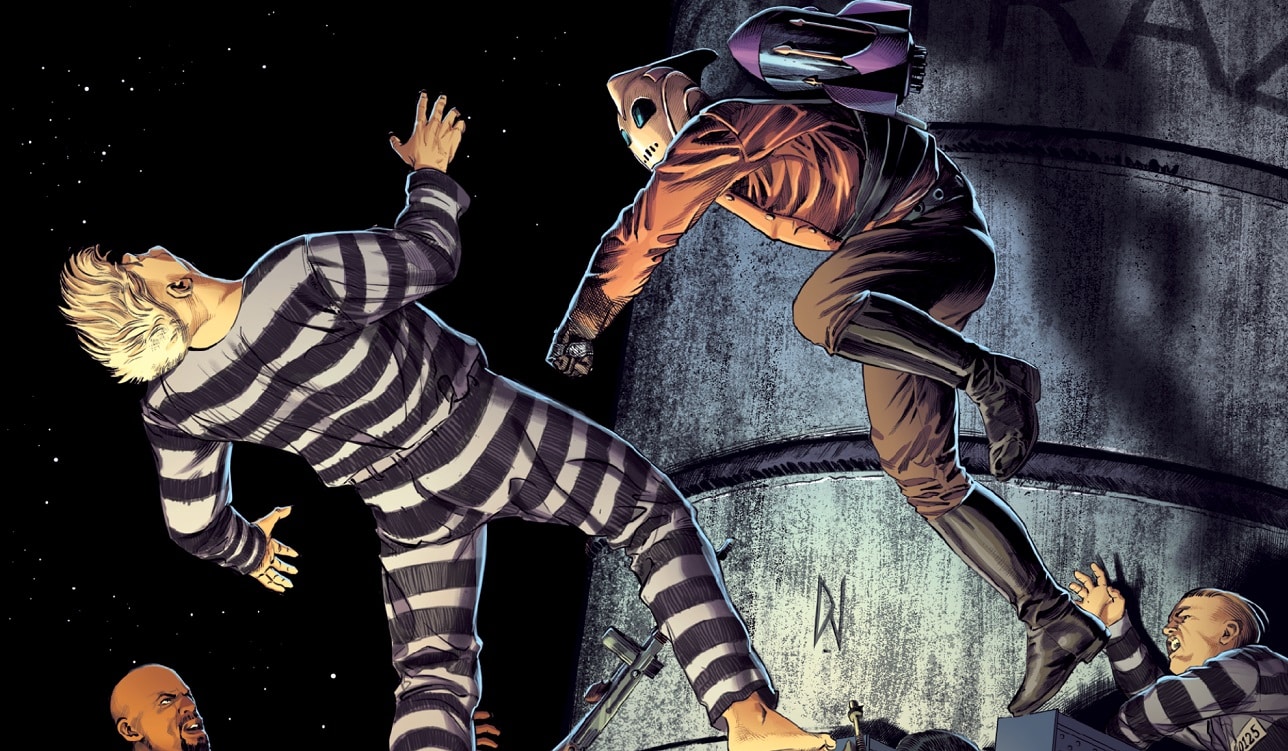












 English (US) ·
English (US) ·